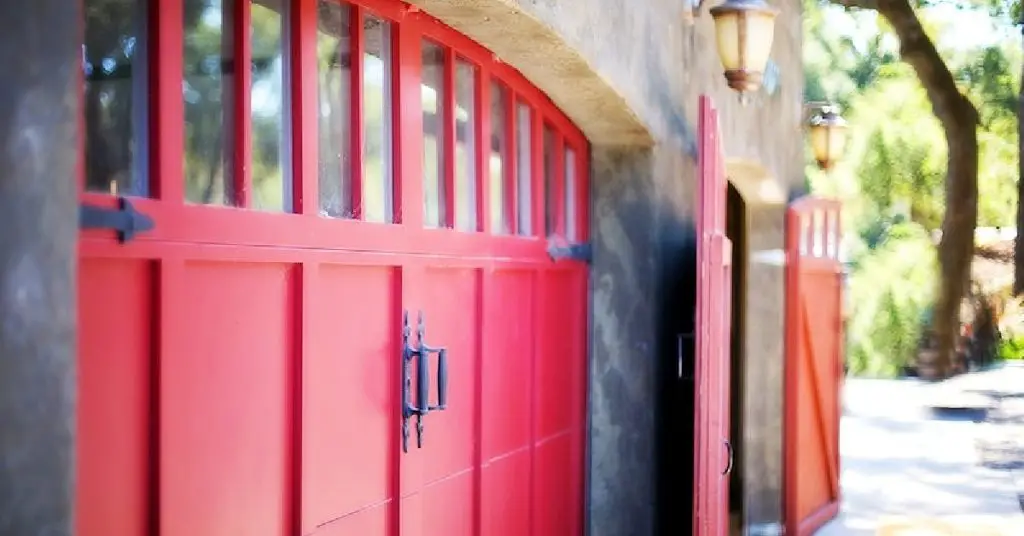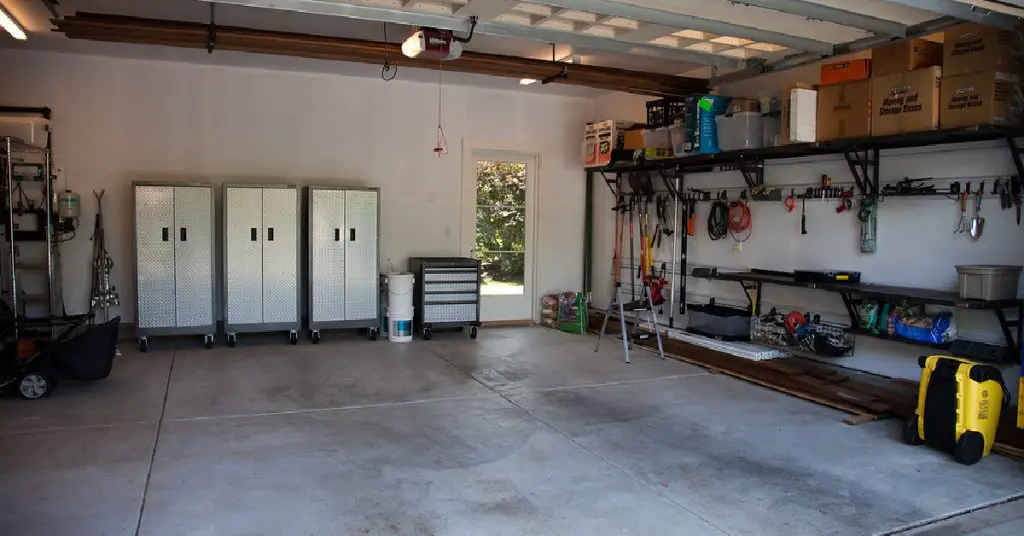The bottom section of garage doors often suffers dents, scrapes, and bends from regular wear and tear. Items brushed against it when moved in and out of the garage slowly take their toll. Sudden impacts from vehicles can also cause damage. If your bottom garage door panel is bent, it can prevent smooth opening and closing. Gaps around the edges may also form over time. This article provides techniques for how to fix bent bottom of garage door.
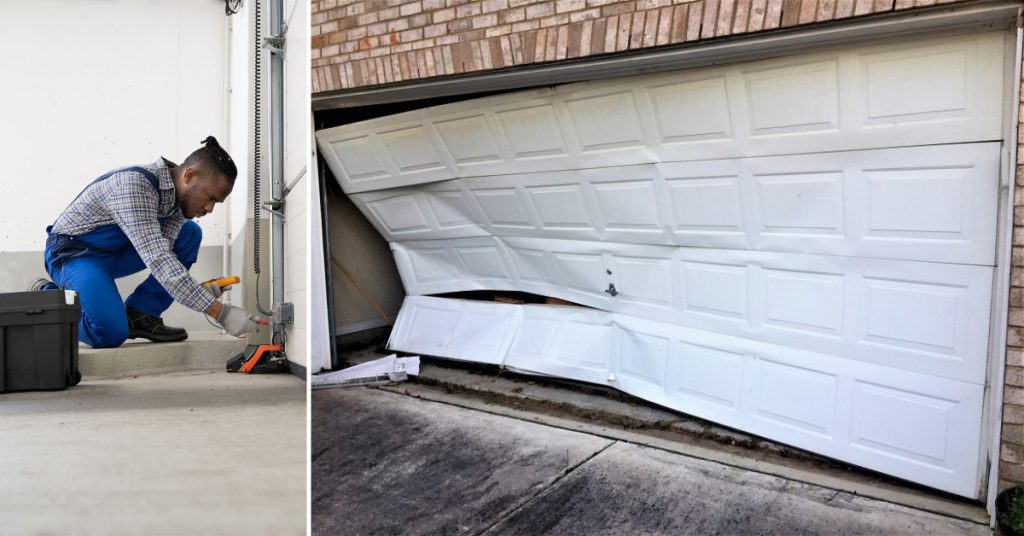
Key Takeaways:
- Assess the extent of bottom panel damage by inspecting gaps, binding, cracks, and dents.
- Add support struts for minor bends or use suction/hammering to fix small dents.
- Replace heavily damaged panels but get professional help adjusting hardware.
- Prevent future damage with rub rails, inspections, and quality materials.
- For complex repairs, rely on experienced garage door technicians.
What Typically Causes Bottom Panel Damage
The bottom section of the garage door gets scraped repeatedly by items like garbage cans, bicycles, lawnmowers, and so on. They rub against the surface every time you move them in and out. Items falling and hitting the panel can also dent it. However, vehicles accidentally bumping into the door causes the most extreme sudden bends and dents. Even slowly backing out of a garage when misjudging car proximity can apply enough force to deform panels. Over time, warped, bent, and dented bottom panels lead to bigger issues like preventing complete door closure or gaps forming around the edges.
8 Actionable Techniques for How to Fix Bent Bottom of Garage Door
Here are eight techniques for how to fix bent bottom of garage door:
Techniques 1: Assessing the Extent of the Damage
When your garage door isn’t opening/closing correctly or you spot gaps around the bottom panel, it’s time to assess the damage. Start by visually inspecting the panel while manually opening and closing the door. See if there is any catching or binding, indicating an area of the panel is protruding outward. Also check if there are visible dents, cracks, or major bends in the panel. Examine where the panel edges meet the side panels too. Compiling a list of all the trouble spots will allow you to systematically address them.
Techniques 2: Straightening Out Minor Bends with Struts
If your visual inspection reveals only minor dents and bends, you may be able to straighten out the panel enough by adding some structural supports. Garage door installation specialists often use long horizontal struts that span the panel width. Securely screwed into place behind any bent areas, these struts will pull the dented spot flush as the door moves. This works best for minor deformities that aren’t obstructing general operation. Make sure the struts don’t cross over any critical operational hardware or moving components when installing them.
Techniques 3: Hammering Out Small Inward Dents
Sometimes impact Collision causes small inward dents rather than outward bends. Lightly hammering these spots from inside the garage can pop the dents back into proper shape if they aren’t too deep. Place a scrap piece of wood directly behind the indented area. Then with a rubber mallet, gently strike the wood so that force transfers through – straightening the dent outward. Don’t overdo it though, as excessive force could worsen the damage. This works on minor dings less than 4-5mm deep.
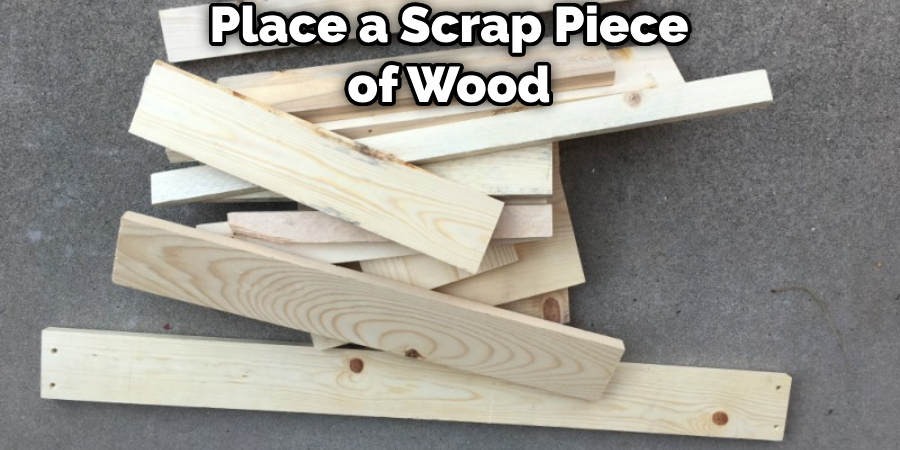
Techniques 4: Pulling Out Dents with Suction
In other cases, the suction force can work wonders for small garage door panel dings or flat dents. There are specialized suction dent repair kits, but a basic suction cup plunger can also do the job. Simply push the plunger firmly over the damaged spot to adhere to the suction cup. Slowly pull outward while keeping the cup pressed down and this will gently ease the indented area back into shape. For best results, lubricate around the suction cup with dish soap. The combination of outward suction force and inner panel hammering works great for many minor dents.
Techniques 5: Replacing Heavily Damaged Bottom Panels
When the bottom garage door panel is cracked, split, or extremely warped – replacement may be necessary for smooth operation again. Cosmetic repairs won’t help if the integrity is compromised. Start by fully detaching the damaged panel. Measure it precisely to get a perfectly matched new replacement panel. Make sure the new panel dimensions align with any adjacent hardware or components before fully securing it into place. Follow manufacturer guidelines closely during the entire panel replacement process.
Techniques 6: Adjusting Spring Tension and Track Balance
After reattaching a straightened bottom panel or installing a fresh replacement panel, some additional adjustments may be needed. New struts or replacement panels change the overall weight distribution. This can affect counterbalance tension on extension or torsion springs. Panel alignment and track balance may also need adjustments so the door lifts smoothly. It’s best to call in a professional garage door repair technician at this point if you have any uncertainties about properly adjusting weight displacement.
Techniques 7: Preventing Future Damage
A bit of prevention goes a long way when it comes to minimizing garage door damage. Avoid parking extremely close to the door. Wall-mount safety rub rails along the interior perimeter at-risk zones. Perform visual inspection for dents, scrapes, or bends during periodic door tune-ups. Consider adding protection plates or guards onto the exterior side if the door suffers frequent impacts. Investing in quality low-maintenance garage door materials right from the start also prevents many issues down the road. With some prudent precautions, your newly straightened or replaced panel will stay pristine-looking for years.
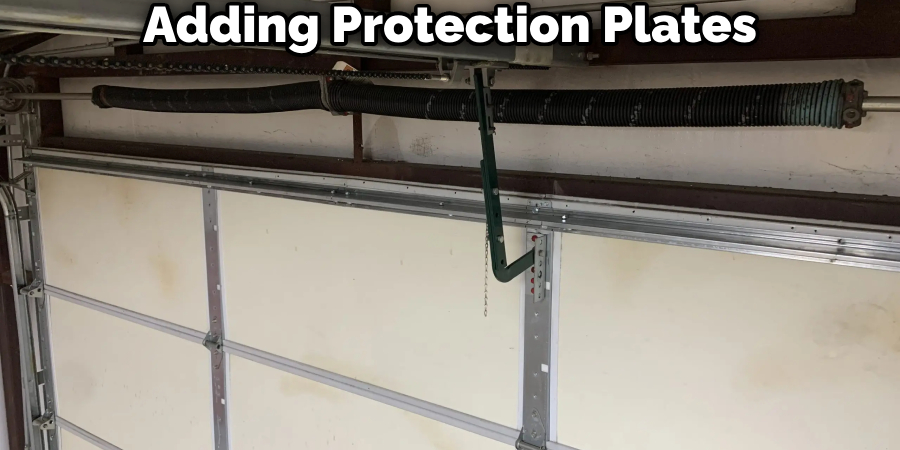
Techniques 8: Calling In Garage Door Professionals
If the bent panel damage looks beyond what you can handle, it’s best left to the specialists. Extensive cracks in the panel framing, large holes from collision impacts, or malfunctioning horizontal tracks need professional assessment and servicing. Garage door technicians have specialized tools, material knowledge, and access to compatible components for flawless repairs. Don’t risk worsening the problem or personal injuries with DIY attempts exceeding your capabilities. In that case, search for “garage door repair near me”. Reputable technicians offer affordable repair rates and quick response times for damaged doors.
You Can Check It Out to Fix Garage Door Chain.
FAQs About How to Fix Bent Bottom of Garage Door
Can You Straighten a Bowed Garage Door?
To straighten a bowed garage door, start by identifying the cause of the bowing, such as uneven spring tension or damaged panels. Adjust the spring tension cautiously, repair or replace damaged panels, and align the tracks using a rubber mallet and level if necessary. If unsure, seek professional assistance to ensure safety and effective resolution. Regular maintenance, including lubrication and spring tension checks, can help prevent future bowing issues.
Why is the Middle of My Garage Door Bent?
The middle of a garage door can bend due to various reasons, including accidental impacts or collisions, structural stress from age or inadequate support, and environmental factors such as temperature changes and moisture exposure. Prompt inspection and addressing of these issues can help prevent further bending and ensure the door functions properly. In severe cases, consulting a professional for repairs or replacement may be necessary.
What is the Piece at the Bottom of a Garage Door Called?
The piece at the bottom of a garage door is called the “bottom seal” or “weather seal.” This component is designed to provide a barrier against drafts, debris, and moisture from entering the garage. It helps to maintain the temperature inside the garage and keeps out pests and water. The bottom seal is typically made of rubber or vinyl and is attached to the bottom of the garage door or the garage floor, creating a seal when the door is closed.
Conclusions
In summary, a few straightforward techniques like adding struts, hammering out dents, or using suction can fix minor bottom panel bends quite effectively. But for extensive damage, replacement panels or professional repairs are likely needed. Address any garage door damage promptly before small issues balloon into expensive replacements. And investing in quality durable construction from the outset prevents many headaches altogether. Just use sound judgment when assessing whether DIY dent removal methods are sufficient or it’s time to call in garage door experts.

